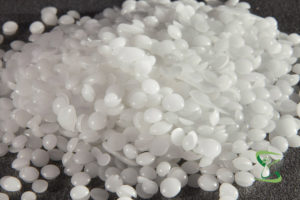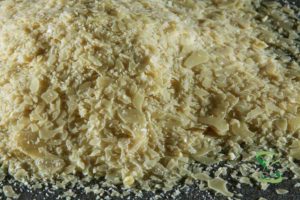A.F. Suter and Co. Ltd
Shellac, Waxes, Gums and Resins
- +44 (0) 1376 514953
- afsuter@afsuter.com
- Compass House, Eastways Industrial Estate, Witham, Essex, CM8 3YQ, United Kingdom
A.F. Suter and Co. Ltd
Shellac, Waxes, Gums and Resins
Get a FREE Quote (No Obligation)
Candelilla wax is derived from the leaves of the Candelilla shrub (Euphorbia cerifera or Euphorbia antisyphilitica), which is native to northern Mexico and the southwestern US. The wax is extracted by boiling the leaves and stems with dilute sulfuric acid and skimming it from the surface of the liquid, prior to further refining.
Candelilla wax is usually hard and brittle with a yellow to brown tinge. It has a typical melting point of 68–73 °C and dissolves in acetone, benzene, chloroform, turpentine and some other organic solvents, but is insoluble in water. Candelilla wax is usually mixed with other waxes to harden them without raising their melting points, or can be used as a substitute for Beeswax or Carnauba wax.
Candelilla wax is a food additive that is used as a protective coating and thickening agent. It is sometimes used as a vegan substitute for Beeswax and melted onto cloth to make food wraps.
Candelilla wax is used as a glazing agent. It also acts as a release agent and a binder for chewing gum.
Candelilla wax is used as a coating for tablets and capsules.
Candelilla wax is used as a component in the manufacture of candles.
Candelilla wax is used in the manufacture of varnish and polish.
Candelilla wax is an ingredient in shoe polish.
In the Personal Care industry, Candelilla wax is used as a component of lip balms and skin moisturising lotions.













Registered Office:
146 New London Road, Chelmsford,
Essex.CM2 0AW
Company Reg No. 04296187
VAT No. GB 783 0308 36